Online course detail
Curriculum
Topics to be covered
- INTRODUCTION
- NEED FOR SAS
- WHO USES SAS? WHAT IS SAS?
- OVERVIEW OF BASE SAS SOFTWARE
- DATA MANAGEMENT FACILITY
- STRUCTURE OF SAS DATASET
- SAS PROGRAM
- PROGRAMMING LANGUAGE
- ELEMENTS OF THE SAS LANGUAGE
- RULES FOR SAS STATEMENTSRULES FOR MOST SAS NAMES
- SPECIAL RULES FOR VARIABLE NAMESTYPES OF VARIABLES
- DATA ANALYSIS AND REPORTING UTILITIES
- TRADITIONAL OUTPUT
- WAYS TO RUN SAS PROGRAMS
- SAS WINDOWING ENVIRONMENT
- NONINTERACTIVE MODE
- BATCH MODE
- INTERACTIVE LINE MODE
- RUNNING PROGRAMS IN THE SAS WINDOWING ENVIRONMENT
SAS is driven by SAS software engineers who utilize a few groupings of procedures on the SAS datasets to make legitimate reports for information examination. Throughout the long term, SAS has added various answers to its item portfolio. For example, it has answers for Information Administration, Information Quality, Large Information Investigation, Text Mining, Extortion of the executives, Well-being science, and so on.
Key terms of this module
- WRITING YOUR FIRST SAS PROGRAM
- A SIMPLE PROGRAM TO READ RAW DATA AND PRODUCE A REPORT
- ENHANCING THE PROGRAM
- MORE ON COMMENT STATEMENTS
- INTERNAL PROCESSING IN SAS
- HOW SAS WORKS
- THE COMPILATION PHASE
- THE EXECUTION PHASE
- PROCESSING A DATA STEP: A WALKTHROUGH
- CREATING THE INPUT BUFFER AND THE PROGRAM DATA VECTOR
- WRITING AN OBSERVATION TO THE SAS DATA SETFOUR TYPES OF SAS LIBRARIES
- SAS LIBRARIES
- WORK LIBRARY
- SASHELP LIBRARY
- SASUSER LIBRARY
All executable assertions in the Information step are executed once for every cycle. If your feedback document contains crude information, SAS adds a record to the information cushion. SAS then, at that point, peruses the qualities in the info cushion and doles out the qualities to the proper factors in the program information vector.
Key terms of this module
- WHAT IS RAW DATA
- DEFINITIONS
- DATA VALUES
- NUMERIC VALUE
- CHARACTER VALUE
- STANDARD DATA
- NONSTANDARD DATA
- NUMERIC DATA
- CHARACTER DATA
- CHOOSING AN INPUT STYLE
- LIST INPUT
- MODIFIED LIST INPUT
- COLUMN INPUT
- FORMATTED INPUT
- NAMED INPUT
- INSTREAM DATA
- CREATING MULTIPLE RECORDS FROM SINGLE INPUT ROW
- READING DATA FROM EXTERNAL FILES
- READING BLANK SEPARATED VALUES (LIST OR FREE FORM DATA):
- READING RAW DATA SEPARATED BY COMMAS (.CSV FILES):
- READING IN RAW DATA SEPARATED BY TABS (.TXT FILES):
- USING INFORMATS WITH LIST INPUT
- SUPPLYING AN INFORMAT STATEMENT WITH LIST INPUT
- USING LIST INPUT WITH EMBEDDED DELIMITERS
- READING RAW DATA THAT ARE ALIGNED IN COLUMNS:
- METHOD 1: COLUMN INPUT
- METHOD 2: FORMATTED INPUT
- USING MORE THAN ONE INPUT STATEMENT: THE SINGLE TRAILING @
- READING COLUMN DATA THAT IS ON MORE THAN ONE LINE MIXED-STYLE INPUT:
- INFILE OPTIONS FOR SPECIAL SITUATIONS
- FLOWOVER
- MISSOVER
- TRUNCOVER
- PAD
- STOPOVER
- USING LRECL TO READ VERY LONG LINES OF RAW DATA
- CHECKING YOUR DATA AFTER IT HAS BEEN READ INTO SAS
The Info explanation peruses crude information from instream information lines or outer records into a SAS informational index. You can utilize the accompanying different information styles, contingent upon the design of information values in the records: list input section input arranged input named input. You can likewise consolidate styles of contribution to a solitary Information proclamation.
Key terms of this module
- INTRODUCTION
- SET STATEMENT OVERVIEW
- AUTOMATIC VARIABLES IN SAS
- INTERLEAVE MULTIPLE SAS DATA SETS
- COMBINE MULTIPLE SAS DATA SETS
- CREATING & MODIFYING VARIABLES
- CREATING MULTIPLE DATASETS IN A SINGLE DATA-STEP
- SUBSETTING OBSERVATIONS
- CONDITIONAL SAS STATEMENTS
- LOGICAL AND SPECIAL OPERATORS
- THE SAS SUPERVISOR AND THE SET STATEMENT
- EFFICIENCY AND THE SET STATEMENT
- KNOW YOUR DATA
- SET STATEMENT DATA SET OPTIONS
- DROP AND KEEP OPTIONS
- RENAME OPTION
- FIRSTOBS AND OBS OPTIONS
- IN OPTION -
- WHERE OPTION -
- OTHER SET STATEMENT OPTIONS
- END OPTION
- KEY OPTION
- NOBS OPTION
- POINT OPTION
- DO LOOPS AND THE SET STATEMENT
- INTRODUCTION TO RETAIN STATEMENT
- CARRY OVER VALUES FROM ONE OBSERVATION TO ANOTHER
- COMPARE VALUES ACROSS OBSERVATIONS
- ASSIGN INITIAL VALUES
- DETERMINING COLUMN ORDER IN OUTPUT DATASET
- SAS SYSTEM OPTIONS
If you're utilising a data set to store your information, you first load a data set table to a DataSet object in memory. Then, you can stack various information base tables into one DataSet and select an explicit table to peruse from the DataSet through the DataTable item. Consequently, you read a particular information column from your DataTable through DataRow.
Key terms of this module
- INPUT SAS DATA SET FOR EXAMPLE
- SELECTING OBSERVATIONS FOR A NEW SAS DATA SET
- DELETING OBSERVATIONS BASED ON A CONDITION
- ACCEPTING OBSERVATIONS BASED ON A CONDITION
- COMPARING THE DELETE AND SUBSETTING IF STATEMENTS
- METHODS OF CREATING NEW DATA SETS WITH A SUBSET
- SUBSETTING RECORDS FROM AN EXTERNAL FILE WITH A SUBSETTING IF STATEMENT
- SUBSETTING OBSERVATIONS IN A DATA STEP WITH A WHERE STATEMENT
- SUBSETTING OBSERVATIONS IN A PROC STEP WITH A WHERE STATEMENT
- SUBSETTING OBSERVATIONS IN PROC SQL
- DIFFERENCE BETWEEN IF AND WHERE
The information of a dataset can be gushed with the iter_rows () technique. This call returns the crude information, so generally speaking, it is important to initially get the dataset's outline with a call to get_schema (). For instance, printing the initial 10 lines should be possible with
Key terms of this module
- OVERVIEW
- USING SAS INFORMATS
- INPUT STATEMENT
- INPUT FUNCTION
- INPUTN AND INPUTC FUNCTIONS
- ATTRIB AND INFORMAT STATEMENTS
- USING SAS FORMATS
- FORMAT STATEMENT IN PROCEDURES
- PUT STATEMENT
- PUT FUNCTION
- PUTN AND PUTC FUNCTIONS
- BESTw. Format
- ADDITIONAL COMMENTS
Informants are normally used to peruse or enter information from outside records called level documents (text records, ASCII documents, or successive records). The information teaches SAS the best way to add information to SAS factors. SAS information is commonly assembled into three classifications: character, numeric, and date/time. Informants are named concurring.
Key terms of this module
- CATEGORIES OF FUNCTIONS
- SAS CHARACTER FUNCTIONS
- FUNCTIONS THAT CHANGE THE CASE OF CHARACTERS
- UPCASE
- LOWCASE
- PROPCASE
- FUNCTIONS THAT REMOVE CHARACTERS FROM STRINGS
- FUNCTION: COMPBL
- FUNCTION: COMPRESS
- FUNCTIONS THAT SEARCH FOR CHARACTERS
- FUNCTION: ANYALNUM
- FUNCTION: ANYALPHA
- FUNCTION: ANYDIGIT
- FUNCTION: ANYPUNCT
- FUNCTION: ANYSPACE
- FUNCTION: NOTALNUM
- FUNCTION: NOTALPHA
- FUNCTION: NOTDIGIT
- FUNCTION: NOTUPPER
- FUNCTIONS THAT SEARCH STRINGS
- FIND AND FINDC
- INDEX, INDEXC, AND INDEXW
- FUNCTIONS TO VERIFY DATA
- FUNCTION VERIFY
- FUNCTIONS THAT EXTRACT PARTS OF STRINGS
- FUNCTION: SUBSTR (ON THE LEFT-HAND SIDE OF THE EQUAL SIGN)
- FUNCTION: SUBSTRN
- FUNCTIONS THAT JOIN TWO OR MORE STRINGS TOGETHER
- FUNCTION: CAT
- FUNCTION: CATS
- FUNCTION: CATT
- FUNCTION: CATX
- FUNCTIONS THAT REMOVE BLANKS FROM STRINGS
- FUNCTION: LEFT
- FUNCTION: RIGHT
- FUNCTION: TRIM
- FUNCTION: TRIMN
- FUNCTION: STRIP
- FUNCTIONS THAT COMPARE STRINGS
- FUNCTION: COMPARE
- FUNCTIONS THAT DIVIDE STRINGS INTO "WORDS"
- FUNCTION: SCAN
- FUNCTION: SCANQ
- FUNCTIONS THAT SUBSTITUTE LETTERS OR WORDS IN STRINGS
- FUNCTION: TRANSLATE
- FUNCTION: TRANWRD
- FUNCTIONS THAT COMPUTE THE LENGTH OF STRINGS
- FUNCTION: LENGTH
- FUNCTION: LENGTHC
- FUNCTION: LENGTHM
- FUNCTION: LENGTHN
- FUNCTIONS THAT COUNT THE NUMBER OF LETTERS OR SUBSTRINGS IN A STRING
- FUNCTION: COUNT
- FUNCTION: COUNTC
- MISCELLANEOUS STRING FUNCTIONS
- FUNCTION: MISSING
- FUNCTION: REPEAT
- FUNCTION: REVERSE
- SAS DATE AND TIME FUNCTIONS
- INTRODUCTION
- WHAT IS A SAS DATE AND TIME LITERAL?
- DATE AND TIME FUNCTIONS
- FUNCTINS TO CREATE DATE AND TIME VALUES
- FUNCTIONS TO TAKIE DATETIME VALUES APART
- FUNCTIONS TO GET QUARTER, YEAR OR DAY OF THE DATE
- FUNCTIONS THAT WORK WITH INTERVALS
- USING FORMATS FOR DATE AND TIME
- SYSTEM OPTIONS FORDATE AND TIME
The following are the various kinds of capabilities in SAS:
1. SAS Math Works These capabilities are likewise called SAS Numeric capabilities. It performs numerical procedures on contention or a bunch of contentions. MAX (argument, argument, … ) MIN (argument, argument, … )
2. SAS Character (String) Capabilities
Key terms of this module
- WHY DO WE NEED ARRAYS?
- BASIC ARRAY CONCEPTS
- ARRAY STATEMENT
- ARRAY REFERENCES
- VARIABLE NAME ARRAY REFERENCE
- USING ARRAY INDEXES
- ONE DIMENSION ARRAYS
- MULTI-DIMENSION ARRAYS
- TEMPORARY ARRAYS
- SORTING ARRAYS
- Determining Array Bounds: LBOUND and HBOUND Functions
- WHEN TO USE ARRAYS
- COMMON ERRORS AND MISUNDERSTANDINGS
- INVALID INDEX RANGE
- FUNCTION NAME AS AN ARRAY NAME
- ARRAY REFERENCED IN MULTIPLE DATA STEPS, BUT DEFINED IN ONLY ONE
Arrays are essential in SAS programming for processing large amounts of data quickly and efficiently. In SAS training in Gurgaon, you will learn how to use arrays to simplify data manipulation and perform complex operations on multiple variables simultaneously.
Key terms of this module
- DEFINITIONS FOR BY-GROUP PROCESSING
- BY-GROUP PROCESSING
- BY VALUE
- BY GROUP
- FIRST.VARIABLE AND LAST.VARIABLE
- MODIFYING SAS DATA SETS: EXAMPLES.
- INVOKING BY-GROUP PROCESSING
- PREPROCESSING INPUT DATA FOR BY-GROUP PROCESSING
- SORTING OBSERVATIONS FOR BY-GROUP PROCESSING
- INDEXING FOR BY-GROUP PROCESSING
- HOW THE DATA STEP IDENTIFIES BY GROUPS
- PROCESSING OBSERVATIONS IN A BY GROUP
- HOW SAS DETERMINES FIRST.VARIABLE AND LAST.VARIABLE
- PROCESSING BY-GROUPS IN THE DATA STEP
- OVERVIEW
- PROCESSING BY-GROUPS CONDITIONALLY
- NOT IN ALPHABETIC OR NUMERIC ORDER
- DATA GROUPED BY FORMATTED VALUES
With BY-bunch handling, SAS chooses the perceptions from the informational collections as indicated by the upsides of the BY factor or factors. For example, after handling every one of the perceptions from one BY bunch, SAS anticipates that the following perception should be from the following BY bunch.
Key terms of this module
- DEFINITIONS
- CONCATENATING
- INTERLEAVINGONE-TO- ONE READING OR ONE-TO-ONE MERGING
- MATCH-MERGING
- UPDATING
- MODIFYING
- DEFINITIONS FOR READING, COMBINING, AND MODIFYING SAS DATA SETS
- READING A SAS DATA SET
- COMBINING SAS DATA SETS
- MODIFYING SAS DATA SETS
- OVERVIEW OF TOOLSREADING SAS DATA SETS
- READING A SINGLE SAS DATA SET
- READING FROM MULTIPLE SAS DATA SETS
- COMBINING SAS DATA SETS: BASIC CONCEPTS
- ONE-TO-ONE
- ONE-TO-MANY AND MANY-TO-ONE
- -TO-MANY
- ACCESS METHODS: SEQUENTIAL VERSUS DIRECT
- SEQUENTIAL ACCESS
- DIRECT ACCESS
- ONE-TO-ONE READING
- DATA STEP PROCESSING DURING A ONE-TO-ONE READING
- ONE-TO-ONE MERGING
- MATCH-MERGING
- UPDATING WITH THE UPDATE AND THE MODIFY STATEMENTS :
- DEFINITIONS
- SYNTAX OF THE UPDATE STATEMENT
- SYNTAX OF THE MODIFY STATEMENT -
- UPDATING WITH NONMATCHED OBSERVATIONS, MISSING VALUES, AND NEW VARIABLES
- USING AN INDEX WITH THE MODIFY STATEMENT
- CHAPTER 11: SAS PROCEDURES
- INTRODUCTION
- THE ANATOMY OF A PROC
- THE PROC STATEMENT
- TITLE AND FOOTNOTE STATEMENTS
- BY STATEMENT
- LABEL STATEMENT
- FORMAT STATEMENT
- RUN OR QUIT STATEMENT
- DESCRIPTION OF DATA USED IN REPORTS
- SAS REPORTING PROCEDURES
- PROCS FOR ALL THAT DETAIL
- USING PROC PRINT
- PROC SQL
- PROC REPORT
- PROCS THAT SUMMARIZE
- USING PROC CHART
- USING PROC FREQ
- USING PROC MEANS
- USING PROC UNIVARIATE
- INTRODUCTION TO PROC TABULATE
- IDATA MANIPULATION AND MANAGEMENT PROCEDURE
- PROC SORT
- PROC DATASETS
- PROC FORMAT
- PROC CONTENTS
- THER IMPORTANT PROCS
- PROC TRANSPOSE
- PROC PRINTTO
- PROC COMPARE
- PROC APPEND
- PROC IMPORT & PROC EXPORT
In SAS Training in Gurgaon, you will learn various methods for combining SAS data sets, including concatenation, interleaving, one-to-one merging, and many-to-one merging. These techniques will help you to efficiently combine data from multiple sources to perform advanced analytics and reporting.
Key terms of this module
- INTRODUCTION
- WHY LEARN PROC SQL?
- SELECT STATEMENT
- THE SELECT STATEMENT SYNTAX
- A SIMPLE PROC SQL
- A COMPLEX PROC SQL
- LIMITING INFORMATION ON THE SELECT?
- CREATING NEW VARIABLES
- THE CALCULATED OPTION ON THE SELECT
- USING LABELS AND FORMATS
- THE CASE EXPRESSION ON THE SELECT
- ADDITIONAL SELECT STATEMENT CLAUSES
- REMERGING
- REMERGING FOR TOTALS
- CALCULATING PERCENTAGE
- SORTING THE DATA IN PROC SQL
- SORT ON NEW COLUMN
- SUBSETTING USING THE WHERE
- INCORRECT WHERE CLAUSE
- WHERE ON COMPUTED COLUMN
- SELECTION ON GROUP COLUMN
- USE HAVING CLAUSE
- JOINING DATASETS USING PROC SQL
- INNER JOIN
- OUTER JOINS
- INCLUDING NONMATCHING ROWS WITH THE RIGHT OUTER JOIN
- SELECTING ALL ROWS WITH THE FULL OUTER JOIN
- CONCATENATING QUERY RESULTS
PROC SQL is a strong Base SAS PROC which combines the usefulness of the Information andPROC Steps into a binary system. PROC SQL in many cases, can be a more proficient alternative to conventional SAS code. For example, PROC SQL can be used to recover, update, and report on data from SAS informational indexes or other database items.
Key terms of this module
- INTRODUCTION
- SAS MACRO OVERVIEW
- TRADITIONAL SAS PROGRAMMING
- THE SAS MACRO LANGUAGE
- MACRO LANGUAGE COMPONENTS?MACRO VARIABLES
- MACRO STATEMENTS
- MACRO PROCESSOR FLOW
- AUTOMATIC MACRO VARIABLES
- MACRO DEBUGGING OPTIONS
- WHAT IS A MACRO?
- DEFINING AND USING MACROS
- POSITIONAL MACRO PARAMETERS
- KEYWORD MACRO PARAMETERS
- CONDITIONAL MACRO COMPILATION
- THE %DO STATEMENT
- SAS DATA STEP INTERFACES
The SAS full-scale language is an extremely flexible and valuable device. It is, in many cases, used to decrease how much customary SAS code is, and it works by passing data starting with one technique and then onto the next methodology. Besides, we can utilise it to compose SAS programs that are "dynamic" and adaptable.
Key terms of this module
- INTRODUCTION
- CREATING VARIOUS TYPES OF REPORTS LISTING OUTPUT
- OTHER DESTINATIONS
- HTML
- PDF AND POSTSCRIPT
- RTF FILES
- MICROSOFT EXCEL
- ADDING STYLE TO YOUR REPORTS
- LOCATE EXISTING STYLES
- ODS STYLE= OPTION
- CUSTOMISE YOUR REPORTS
- ODS SELECT; AND ODS EXCLUDE;
- OTHER CUSTOMISATIONS
- ODS PROCLABEL=;
- ODS PROCTITLE; AND ODS NOPROCTITLE;
- ADVANCED TECHNIQUES
- ODS DOCUMENT
- PROC TEMPLATE
- DIAGNOSING AND AVOIDING ERRORS
Modify, design, and direct SAS results to different result objections, including plain text, HTML, PDF, PostScript, RTF, XML, PowerPoint, Succeed, and EPUB. The SAS Result Conveyance Framework (ODS) is an adaptable part of Base SAS that beats the constraints of customary SAS yield.
Key terms of this module
- UNDERSTANDING HOW THE SAS SUPERVISOR CHECKS A JOB
- UNDERSTANDING HOW SAS PROCESSES ERRORS
- DISTINGUISHING TYPES OF ERRORS. SAS RECOGNIZES FOUR KINDS OF ERRORS:
- SYNTAX ERRORS
- EXECUTION-TIME ERRORS
- DATA ERRORS
- SEMANTIC ERRORS
- DIAGNOSING ERRORS
- DIAGNOSING SYNTAX ERRORS
- DIAGNOSING DATA ERRORS
- USING A QUALITY CONTROL CHECKLIST
When an out-of-assets condition happens in a windowing climate, you can utilize the SAS CLEANUP framework choice to show a requester board that empowers you to pick how to determine the mistake. When you run SAS in bunch, noninteractive, or intuitive line mode, the activity of CLEANUP relies upon your working climate.
Key terms of this module
Course Description
The SAS Training course is designed to provide knowledge and skills to become a successful Analytics professional. It starts with the fundamental concepts of rules of SAS as a Language to an introduction to advanced SAS topics like SAS Macros.
We at Gyansetu understand that teaching any course is not difficult but to make someone job-ready is the essential task. That's why we have prepared capstone projects which will drive your learning through real-time industry scenarios and help you clearing interviews.
All the advanced level topics will be covered at Gyansetu in a classroom/online Instructor-led mode with recordings.
No prerequisites. This course is for beginners.
- Our placement team will add SAS skills & projects to your CV and update your profile on Job search engines like Naukri, Indeed, Monster, etc. This will increase your profile visibility in top recruiter search and ultimately increase interview calls by 5x.
- Our faculty offers extended support to students by clearing doubts faced during the interview and preparing them for the upcoming interviews.
- Gyansetu’s Students are currently working in Companies like Sapient, Capgemini, TCS, Sopra, HCL, Birlasoft, Wipro, Accenture, Zomato, Ola Cabs, Oyo Rooms, etc.
Gyansetu is providing complimentary placement service to all students. Gyansetu Placement Team consistently works on industry collaboration and associations which help our students to find their dream job right after the completion of training.
- Gyansetu trainers are well known in Industry; who are highly qualified and currently working in top MNCs.
- We provide interaction with faculty before the course starts.
- Our experts help students in learning Technology from basics, even if you are not good at basic programming skills, don’t worry! We will help you.
- Faculties will help you in preparing project reports & presentations.
- Students will be provided Mentoring sessions by Experts.
Certification
SAS Certification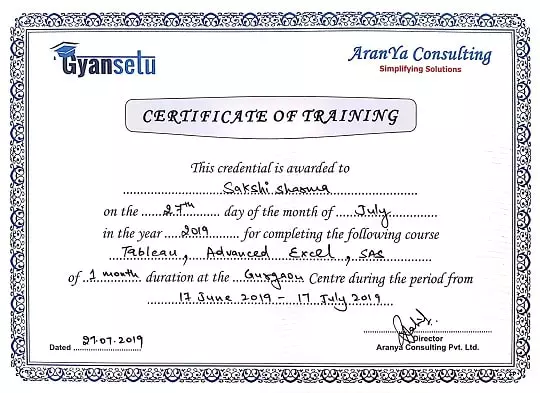
Reviews
Placement

Mamta
Placed In:

Cognizant
Placed On – June 12 , 2018Review:
A good balance between theory and practical work skills. It is well regarded for its real-world approach to teaching.

Sakshi
Placed In:

BirlaSoft
Placed On – June 04 , 2019Review:
The location is great as well. Excellent institute for acquiring coding skills and has quite nice studying environment.

Monika
Placed In:

Spotify
Placed On – February 05 , 2019Review:
Best place to learn SAS stack, I have started my coaching and within 1 month I was able to understand the architecture....I would recommend this class.
Enroll Now
Structure your learning and get a certificate to prove it.
SAS Training in Gurgaon | SAS Analytics Training Institute in Gurgaon Features
Frequently Asked Questions
- What type of technical questions are asked in interviews?
- What are their expectations?
- How should you prepare?
We have seen getting a relevant interview call is not a big challenge in your case. Our placement team consistently works on industry collaboration and associations which help our students to find their dream job right after the completion of training. We help you prepare your CV by adding relevant projects and skills once 80% of the course is completed. Our placement team will update your profile on Job Portals, this increases relevant interview calls by 5x.
Interview selection depends on your knowledge and learning. As per the past trend, initial 5 interviews is a learning experience of
Our faculty team will constantly support you during interviews. Usually, students get job after appearing in 6-7 interviews.
- What type of technical questions are asked in interviews?
- What are their expectations?
- How should you prepare?
We have seen getting a technical interview call is a challenge at times. Most of the time you receive sales job calls/ backend job calls/ BPO job calls. No Worries!! Our Placement team will prepare your CV in such a way that you will have a good number of technical interview calls. We will provide you interview preparation sessions and make you job ready. Our placement team consistently works on industry collaboration and associations which help our students to find their dream job right after the completion of training. Our placement team will update your profile on Job Portals, this increases relevant interview call by 3x
Interview selection depends on your knowledge and learning. As per the past trend, initial 8 interviews is a learning experience of
Our faculty team will constantly support you during interviews. Usually, students get job after appearing in 6-7 interviews.
- What type of technical questions are asked in interviews?
- What are their expectations?
- How should you prepare?
We have seen getting a technical interview call is hardly possible. Gyansetu provides internship opportunities to the non-working students so they have some industry exposure before they appear in interviews. Internship experience adds a lot of value to your CV and our placement team will prepare your CV in such a way that you will have a good number of interview calls. We will provide you interview preparation sessions and make you job ready. Our placement team consistently works on industry collaboration and associations which help our students to find their dream job right after the completion of training and we will update your profile on Job Portals, this increases relevant interview call by 3x
Interview selection depends on your knowledge and learning. As per the past trend, initial 8 interviews is a learning experience of
Our faculty team will constantly support you during interviews. Usually, students get job after appearing in 6-7 interviews.
Yes, a one-to-one faculty discussion and demo session will be provided before admission. We understand the importance of trust between you and the trainer. We will be happy if you clear all your queries before you start classes with us.
We understand the importance of every session. Sessions recording will be shared with you and in case of any query, faculty will give you extra time to answer your queries.
Yes, we understand that self-learning is most crucial and for the same we provide students with PPTs, PDFs, class recordings, lab sessions, etc, so that a student can get a good handle of these topics.
We provide an option to retake the course within 3 months from the completion of your course, so that you get more time to learn the concepts and do the best in your interviews.
We believe in the concept that having less students is the best way to pay attention to each student individually and for the same our batch size varies between 5-10 people.
Yes, we have batches available on weekends. We understand many students are in jobs and it's difficult to take time for training on weekdays. Batch timings need to be checked with our counsellors.
Yes, we have batches available on weekdays but in limited time slots. Since most of our trainers are working, so either the batches are available in morning hours or in the evening hours. You need to contact our counsellors to know more on this.
Total duration of the course is 100 hours (50 hours of live instructor-led-training and 50 hours of self-paced learning).
You don’t need to pay anyone for software installation, our faculties will provide you all the required softwares and will assist you in the complete installation process.
Our faculties will help you in resolving your queries during and after the course.
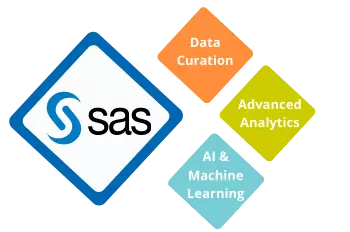



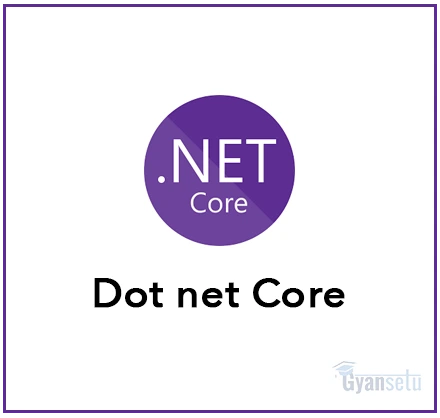

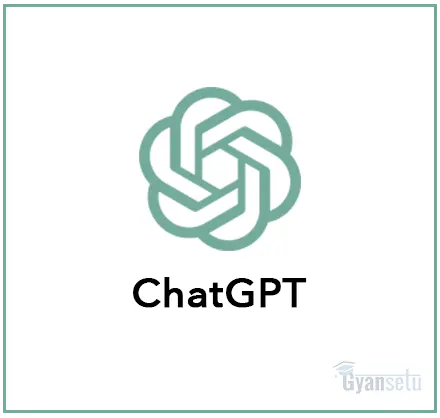
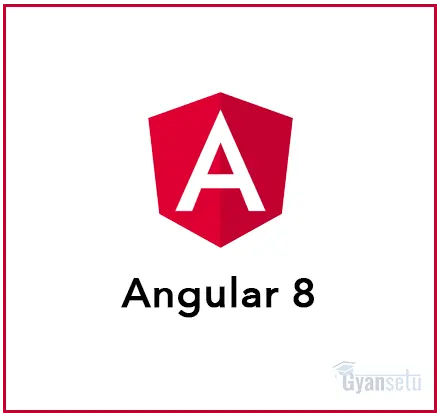
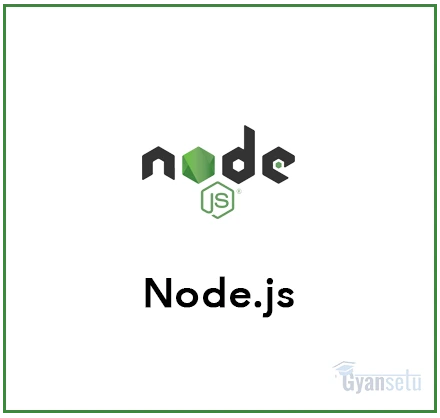
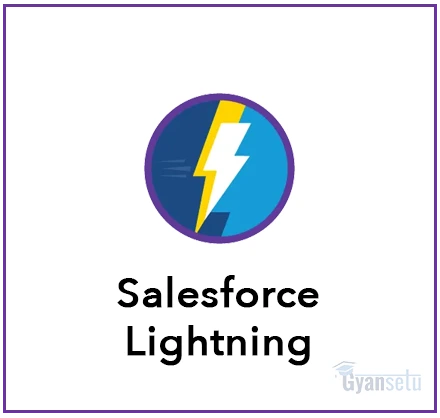
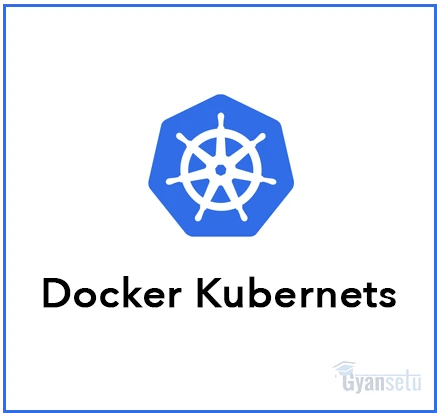
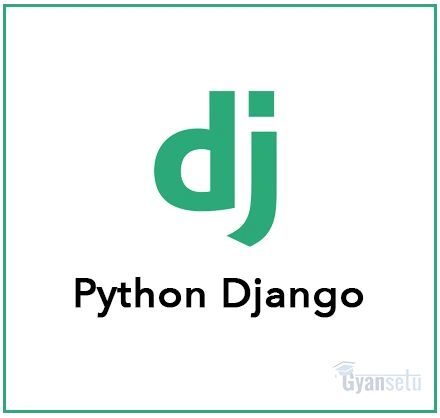
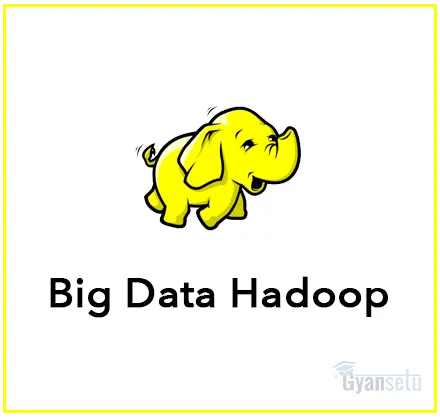
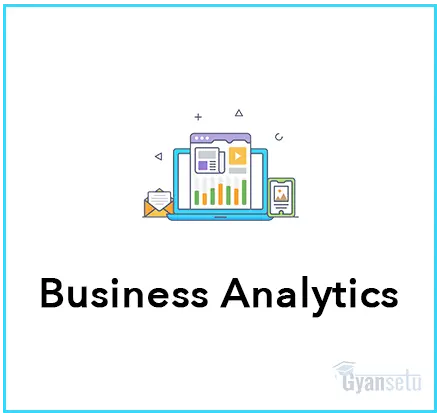
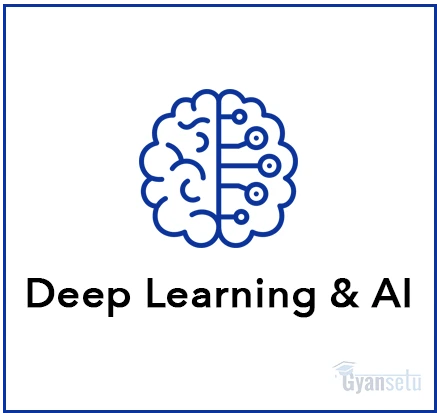
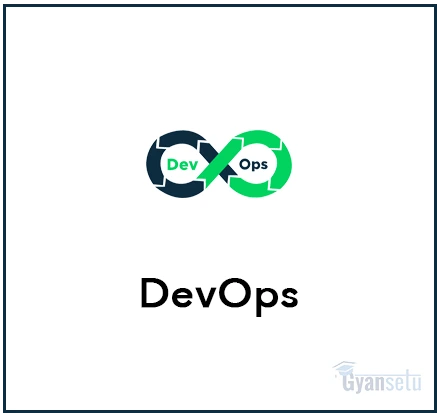
.webp)